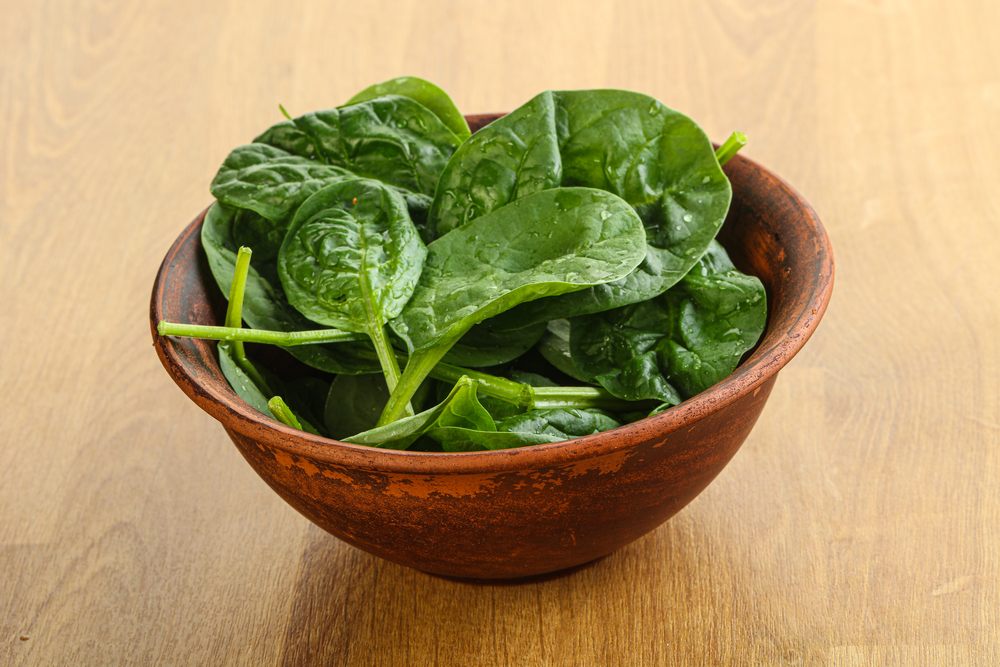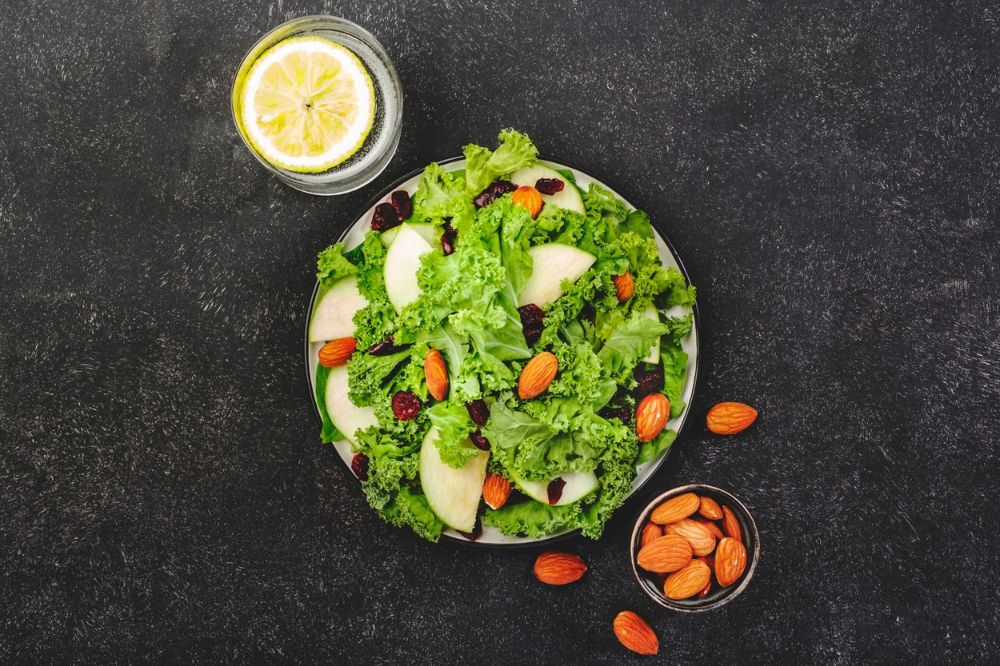Researchers from Edith Cowan University published a study in the Journal of Nutrition that evaluates the effects of eating nitrate-rich vegetables, such as leafy greens, on muscle function. They examined data from 3,759 Australians taking part in Melbourne’s Baker Heart and Diabetes Institute AusDiab study over a 12-year period to find some answers.

One cup of leafy green vegetables every day
The research found that those with the highest nitrate consumption had 11% better lower limb strength than those with the lowest nitrate intake. They also observed up to 4% faster walking speeds. You can only imagine how much faster the cycling speeds would be if they observed those too.
The study suggests that eating just one cup of leafy green vegetables every day could boost muscle function. Lead researcher Dr Marc Sim said the findings reveal important evidence for the role diet plays in overall health.
“Our study has shown that diets high in nitrate-rich vegetables may bolster your muscle strength independently of any physical activity. Nevertheless, to optimise muscle function we propose that a balanced diet rich in green leafy vegetables in combination with regular exercise, including weight training, is ideal,” he said.

Lettuce, spinach, kale, and beetroot
“Less than one in ten Australians eat the recommended five to six serves of vegetables per day. We should be eating a variety of vegetables every day, with at least one of those serves being leafy greens to gain a range of positive health benefits for the musculoskeletal and cardiovascular system,” Dr Sim said.
All nitrate-rich vegetables can have this effect, the researchers suggest. If you don’t enjoy dark leafy greens such as spinach or kale, you can also get some beetroot to increase your nitrate intake.
He also recommends veggies above supplements. “It’s also better to eat nitrate-rich vegetables as part of a healthy diet rather than taking supplements. Green leafy vegetables provide a whole range of essential vitamins and minerals critical for health.”

How can we eat more leafy greens?
Will you eat more nitrate-rich veggies now that you know it could benefit your leg muscles? Some people drink a lot of beetroot juice to improve performance!
But not everyone is after faster cycling times. Dr Sim wants to convince more people to include nitrate-rich veggies into their diet, citing health benefits. “We are currently recruiting for the MODEL Study, which examines how knowledge of disease can be used to prompt people in making long-term improvements to their diet and exercise,” said Dr Sim.
Whether it’s for performance or health, it won’t hurt to try our beetroot hydration drink recipe.




